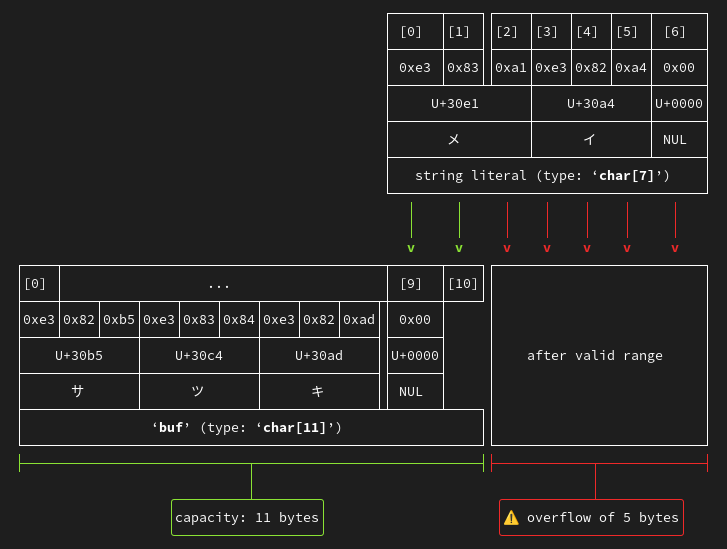Trip Report: Spring ISO C++ Meeting in Tokyo, Japan -- Jonathan Müller
 Last week, I attended the spring 2024 meeting of the ISO C++ standardization committee in Tokyo, Japan. This was the third meeting for the upcoming C++26 standard and my first meeting as assistant chair of SG 9, the study group for ranges.
Last week, I attended the spring 2024 meeting of the ISO C++ standardization committee in Tokyo, Japan. This was the third meeting for the upcoming C++26 standard and my first meeting as assistant chair of SG 9, the study group for ranges.
Trip Report: Spring ISO C++ Meeting in Tokyo, Japan
by Jonathan Müller
From the article:
I started the week on Monday in LEWG, the working group for the C++ standard library design. After the usual papers adding/extending
std::format(Victor Zverovich keeps us busy), we approved a proposal that adds thread attributes, and reviewed the library parts of P2900 contracts. LEWG being LEWG, we mostly complained about the names (std::contracts::contract_violationhas too many contracts in it), but overall liked it. However, contracts are a language feature, and the real controversy was over at EWG, the language design group. In particular, what happens if you have undefined behavior in a precondition? Consider the following example:std::string_view slice(std::string_view str, int pos, int length) pre (0 <= pos && pos <= std::ssize(str) && 0 <= length && pos + length <= std::ssize(str)) { return std::string_view(str.data() + pos, str.data() + pos + length); }A slicing function for std::string_view using signed integers for demonstration purposes.
An integer overflow of
pos + lengthin the precondition is undefined behavior. Some argue that this should instead be well-defined and lead to a precondition violation. While this would be nice and can lead to a general "safe mode" of C++ which could (and should!) be usable outside of contracts as well, I don't see how it can be worked out before C++26. I'd much rather have contracts with undefined behavior in C++26 then delaying it even further. The nice thing about undefined behavior is that it can be always well-specified later.


 For anyone interested in the top source of memory safety issues, out-of-bounds accesses... GCC 14 will be able to catch more cases, and even show them with some colorful retro ASCII art:
For anyone interested in the top source of memory safety issues, out-of-bounds accesses... GCC 14 will be able to catch more cases, and even show them with some colorful retro ASCII art: If you are a C++ developer who uses VS Code as your editor, Copilot Chat can help you with many of your everyday coding tasks by allowing you to iterate with your code in natural language.
If you are a C++ developer who uses VS Code as your editor, Copilot Chat can help you with many of your everyday coding tasks by allowing you to iterate with your code in natural language. A new episode of the series about SObjectizer and message passing:
A new episode of the series about SObjectizer and message passing: A new episode of the series about SObjectizer and message passing:
A new episode of the series about SObjectizer and message passing: I delivered a keynote, C++ and the Next 30 Years, at the 2024 CPP-Summit conference in Beijing, China. Experiencing the culture, the people, and the landscape was tremendous. In this post I’ll cover some of the points in my future-looking C++ talk and share my experience giving a talk for the first time in China.
I delivered a keynote, C++ and the Next 30 Years, at the 2024 CPP-Summit conference in Beijing, China. Experiencing the culture, the people, and the landscape was tremendous. In this post I’ll cover some of the points in my future-looking C++ talk and share my experience giving a talk for the first time in China.